The World Health Organization (WHO) estimates that air pollution has a serious worldwide impact and kills about seven million people each year. Lung cancer, acute respiratory infections, heart disease, stroke, and chronic obstructive pulmonary disease are the main causes of this concerning figure.
Dhaka, the capital city of Bangladesh, has emerged as the epicenter of the world's most severe air pollution crisis, recording an alarming Air Quality Index (AQI) rating of 298 at 8 am on Friday, January 26. The air quality in Dhaka has been officially classified as "extremely deleterious," posing grave health hazards for its residents, according to the air quality index.
Bangladesh faces variable weather and fog alerts
The global air quality standards categorize AQI levels to indicate the potential risks to public health. Dhaka's current reading falls within the "extremely detrimental" range, signaling a critical situation with significant health hazards for its inhabitants. Any AQI level exceeding 301 is considered "dangerous," emphasizing the urgency of addressing this environmental crisis. From 150 to 200 is considered "unhealthy," and from 201 to 300 is considered "very unhealthy," "Unhealthy for sensitive groups."
Dhaka leads global cities in worst air quality, AQI 362
According to the World Health Organization (WHO), the global impact of air pollution is severe, leading to approximately seven million deaths annually. This alarming statistic is primarily attributed to conditions such as stroke, cardiovascular disease, chronic obstructive pulmonary disease, lung cancer, and acute respiratory infections.
India's capital city of Delhi, the major city of Kolkata, Pakistan's prominent city of Karachi, and Bosnia Herzegovina's capital city Sarajevo closely follow suit, ranking second to fifth on the list with AQI ratings of 277, 208, 205, and 196, respectively.
Dhaka’s air 4th worst in the world
The Air Quality Index (AQI), a crucial metric used to report the daily state of air quality, provides invaluable information to the public about the cleanliness or pollution levels in a specific urban area and the associated health risks.
The AQI in Bangladesh considers five primary contaminants: fine particles (PM10 and PM2.5), nitrogen dioxide (NO2), carbon monoxide (CO), sulfur dioxide (SO2), and ozone. Dhaka has been grappling with persistent challenges concerning its air quality, particularly during the winter season when pollution levels tend to reach unhealthy levels. However, there is a notable improvement with the arrival of the monsoon.
Dhaka has the fourth-worst air quality in the world (AQI 188)



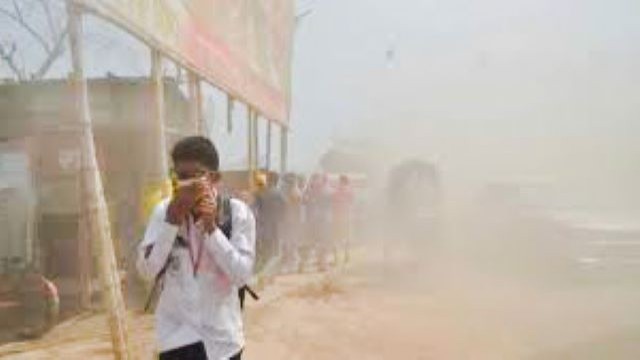


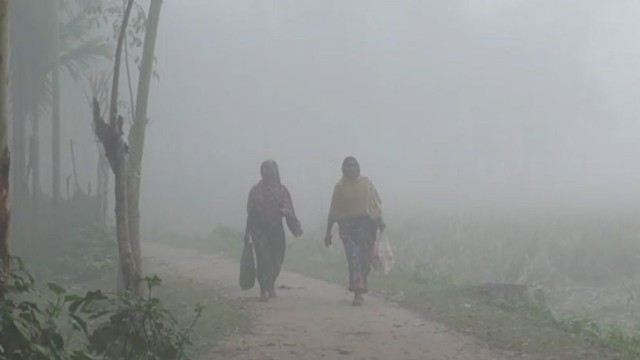


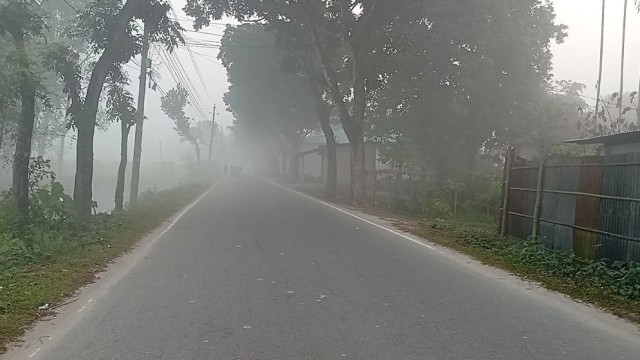






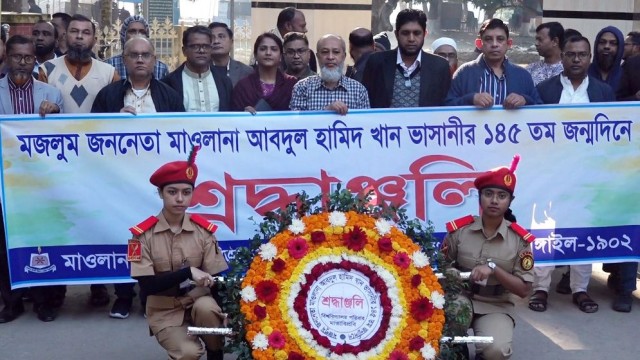






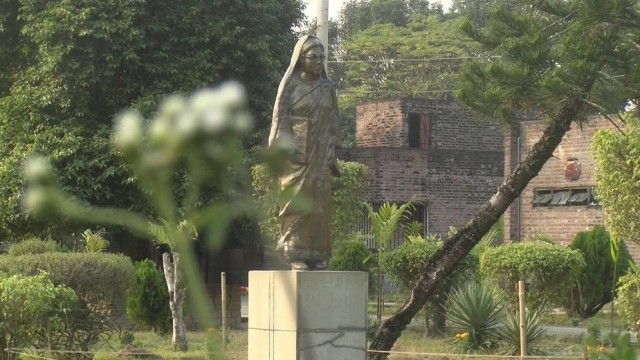







Comment: